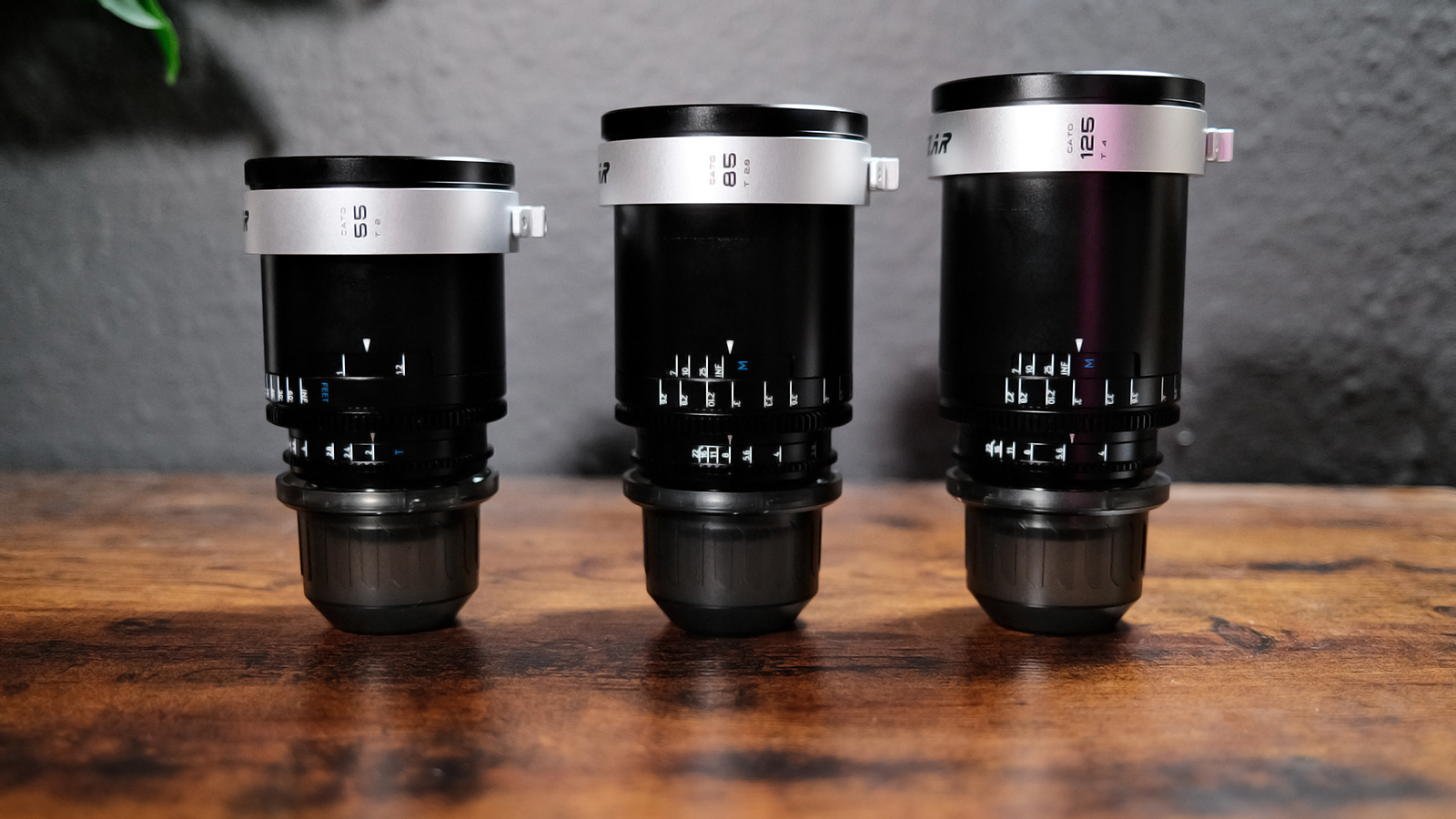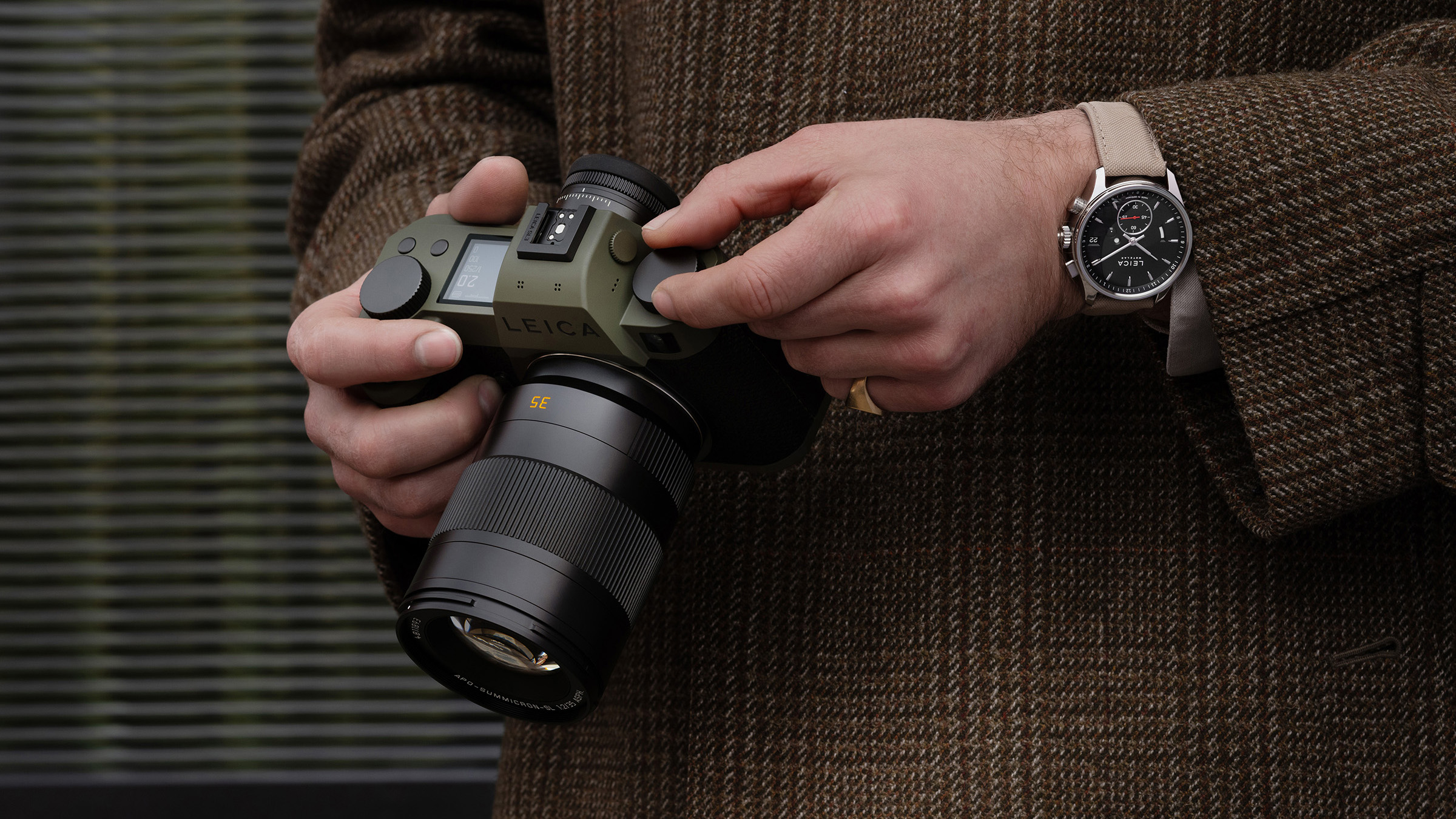Digital Camera World Verdict
For those looking for the anamorphic look, with all the character that comes with lenses of this type, and excellent build quality, the Catos might be just the thing, especially at this price point.
Pros
- +
Small and light
- +
Lovely character
- +
Nice gearing
- +
Good consistency across the set
- +
Incredible value
Cons
- -
Difference will slow on-gimbal lens swaps
- -
Varying results across different sensors
Why you can trust Digital Camera World
Other than a few very niche lenses, like tilt-shift or fish-eye, anamorphic glass tends to have the most distinctive look that is easy to spot, even to the uninitiated. They often have an almost three-dimensional look due to the focus falloff, can have characterful artifacts and astigmatisms, and, of course, a much wider field of view than their spherical counterparts.
Anamorphic lenses have, up until quite recently, been a pleasure only available to those with larger budgets, or for rentals. There was a movement of using adapters to add anamorphic attributes to spherical lenses however I think those days are numbered, as a few companies are now producing anamorphic glass at attainable price points and with great quality.
Blazar is one such company. Their original Greatjoy series put them on the map for relatively affordable anamorphic lenses and, earlier this year, they released two sets of Remus, with a 1.5 times squeeze factor.
Now, the Catos are out in the wild and they differ substantially. I’ve spent some time with the current set (55, 85 and 125mm. The 40mm wasn’t available when I took delivery.) to see if they are worthy of adding to your filmmaking gear.
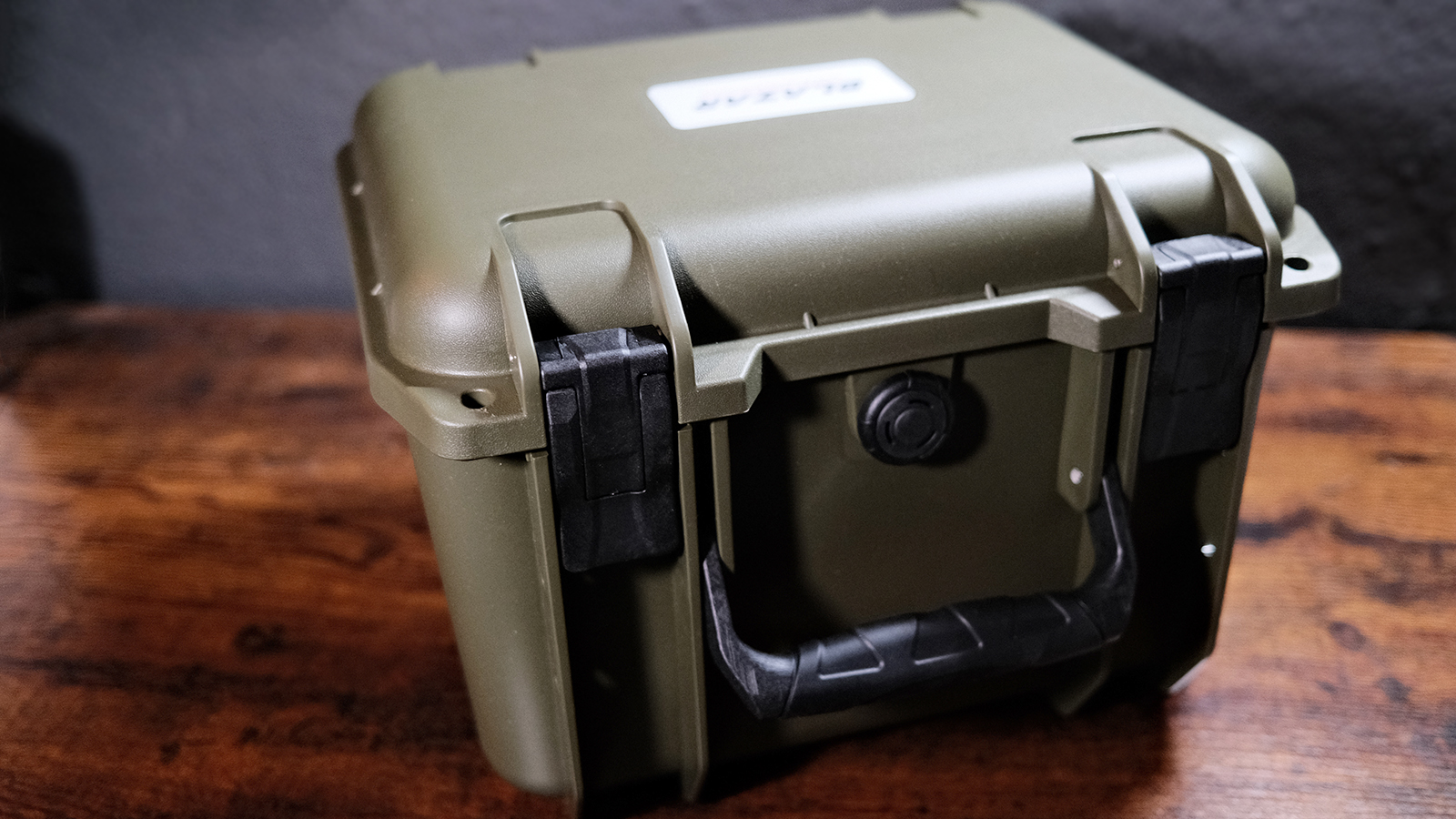
Blazar Cato: Specifications
| Focal Lengths | 55mm | 85mm | 125mm |
|---|---|---|---|
| Max aperture | T2 | T2.8 | T4 |
| Mount | PL or EF | PL or EF | Row 1 - Cell 3 |
| Filter thread | 82mm | 82mm | 82mm |
| Weight | 898g, | 927g | 940g |
| Image circle | 28.8mm x 24mm | 36mm x 24mm | 36mm x 24mm |
Blazar Cato: Price
Blazar often run discount pricing but even at the recommended usual retail price of £2499 these are very attractively priced. Plus there's added value gained from a quality hard case.
Blazar Cato: Design & build quality
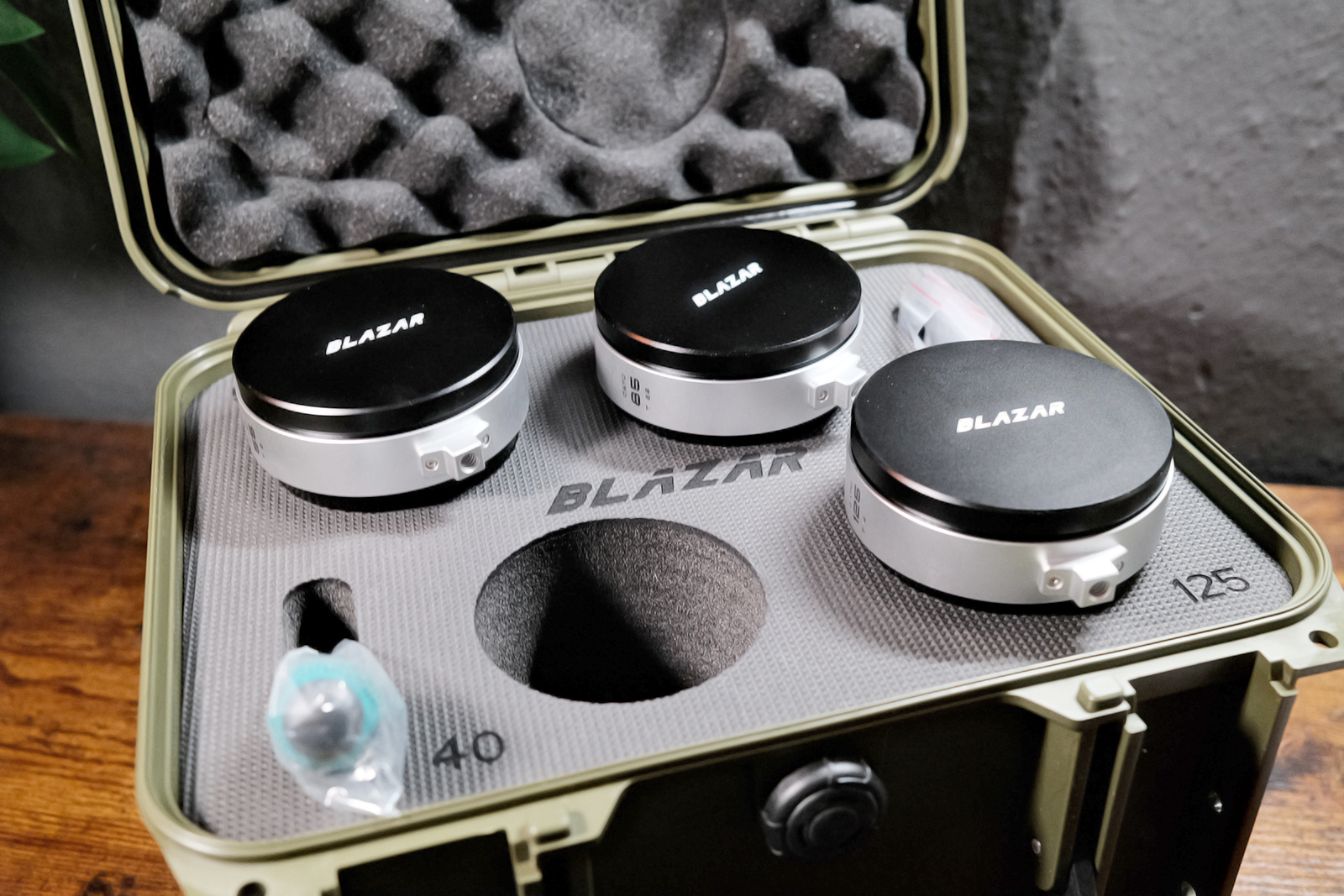
First off, the set of Cato lenses are nearly identical, bar a few attributes, so I will treat them the same but will mention any key differences along the way.
The lens set ships in an olive green peli-style case, with precision-cut foam innards, including space for the 40mm lens and a few accessories. The case is unbranded, other than the Blazar logo, but seems to be well built, seals, and locks properly and I’m confident that it will protect the lenses in transit or on set. I like that the foam has the focal length embossed too, as the lens caps don’t and each slot is cut to the length of the specific lens.
The best camera deals, reviews, product advice, and unmissable photography news, direct to your inbox!
The lenses come as PL or EF mount and the mount is user interchangeable. Shims are provided, along with the tools to make the change. I’m sticking with PL, as that’s what I most commonly use. The mounts are metal with little to no play, partly thanks to the PL system’s locking nature but also thanks to good quality materials and fine manufacturing tolerances.
Construction of the Catos is rock solid, with metal everywhere from the housings to the iris and focus gears, which sit in the same position across the range, making lens swaps fast and easy, especially if you use a follow focus or motorized setup like the DJI focus pro.
Pulling focus is buttery smooth, as is the iris ring. Unlike stills lenses, cine lenses tend to have a much greater throw and that is partially true here, with 150°. Not as large as some but plenty to ensure accurate focus.
The front of each lens is protected by a friction-held lens cap. I usually dread these, as they tend to wear down and lose their grip over time but there has been no sign of this so far, with a good tight seal. Now, the downside is for those who use thread adapters for filters. Because these slip on, they won’t fit if you have a step-up ring attached, in which case you might need to get hold of standard clip-on style lens caps.

Talking about the front of the lens, they all have an 85mm diameter, with an 82mm filter thread, except the 400mm which is actually wider at 95mm with an 86mm filter thread. Unlike many cine lenses with huge front diameters, this means you can use many screw-on filters, for VNDs or mist and the like. I use a matte box most of the time but for tight spaces and minimal setups, it’s great knowing I can retain control and not make such a sacrifice while shooting.
Markings on cine lenses can be vital to the success of a shot, where productions can include many people, one of whom could be solely responsible for focus. The Catos markings are clear and accurate and also shown on either side. They are also etched into the surface, meaning they won’t rub off over time. On the right-hand side, you will find metric markings, while imperial is on the left.
Although cinema lenses can be weighty items the Catos are clearly aimed at indie and small team filmmakers and such, are smaller and lighter than some other options. The benefits here are clear. At under a kilo each, except for the 40mm which is just over, they are light enough and small enough to be used on gimbals and easyrigs and can be easily managed by a single shooter too. My preferred setup is to use a cine sack as my main ‘handheld’ support, in combination with a follow focus. I actually use the DJI Focus Pro handle and motor as a simple follow focus, even when not using the lidar, mostly as it means I can keep my grip on the handles while pulling focus. The gearing on the Catos is fantastic, with a very smooth action.
Lastly, even though the lenses are small and light, they each have a threaded lens support lug at the front edge, making it easy to build a rock-solid rig.
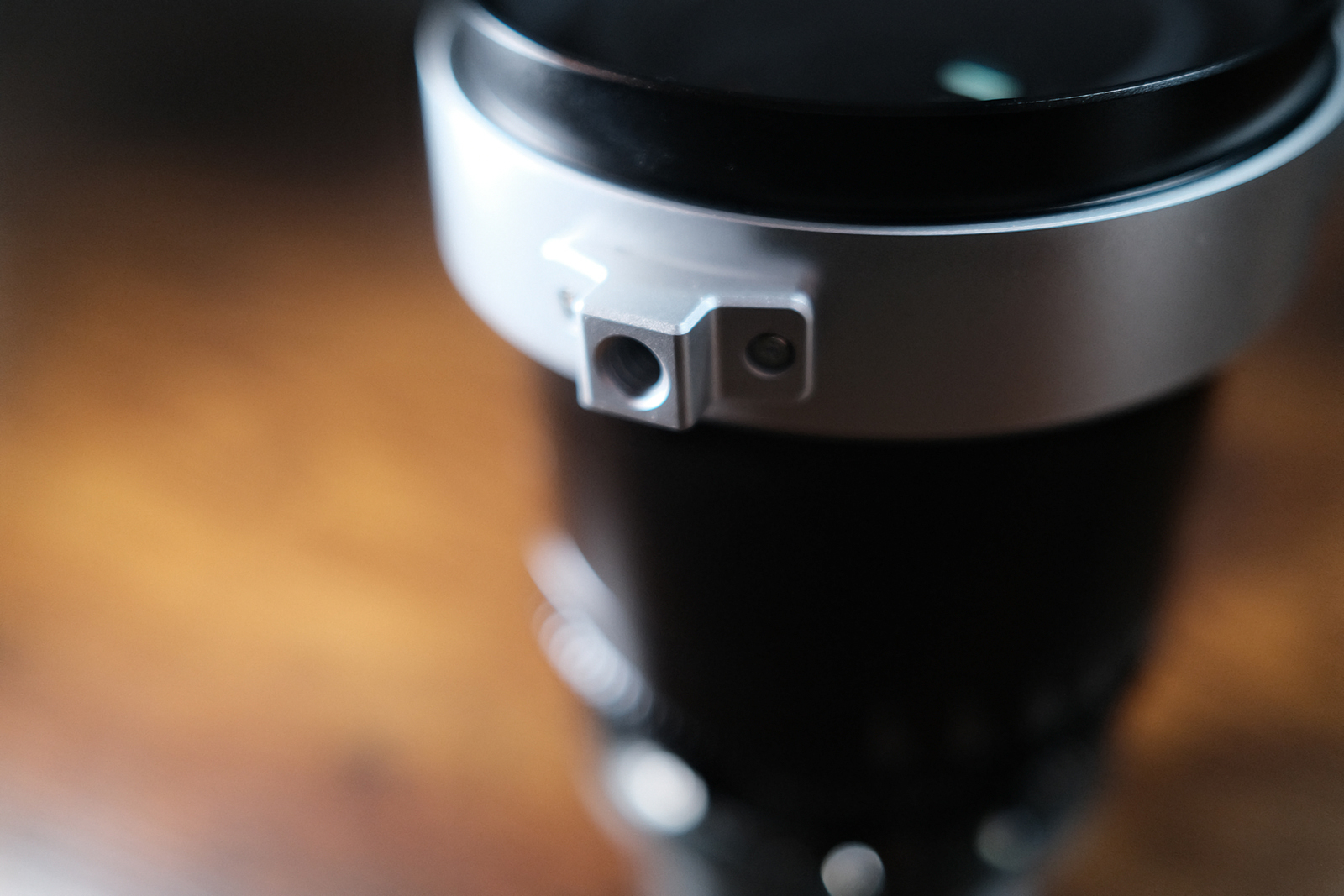
Blazar Cato: Performance
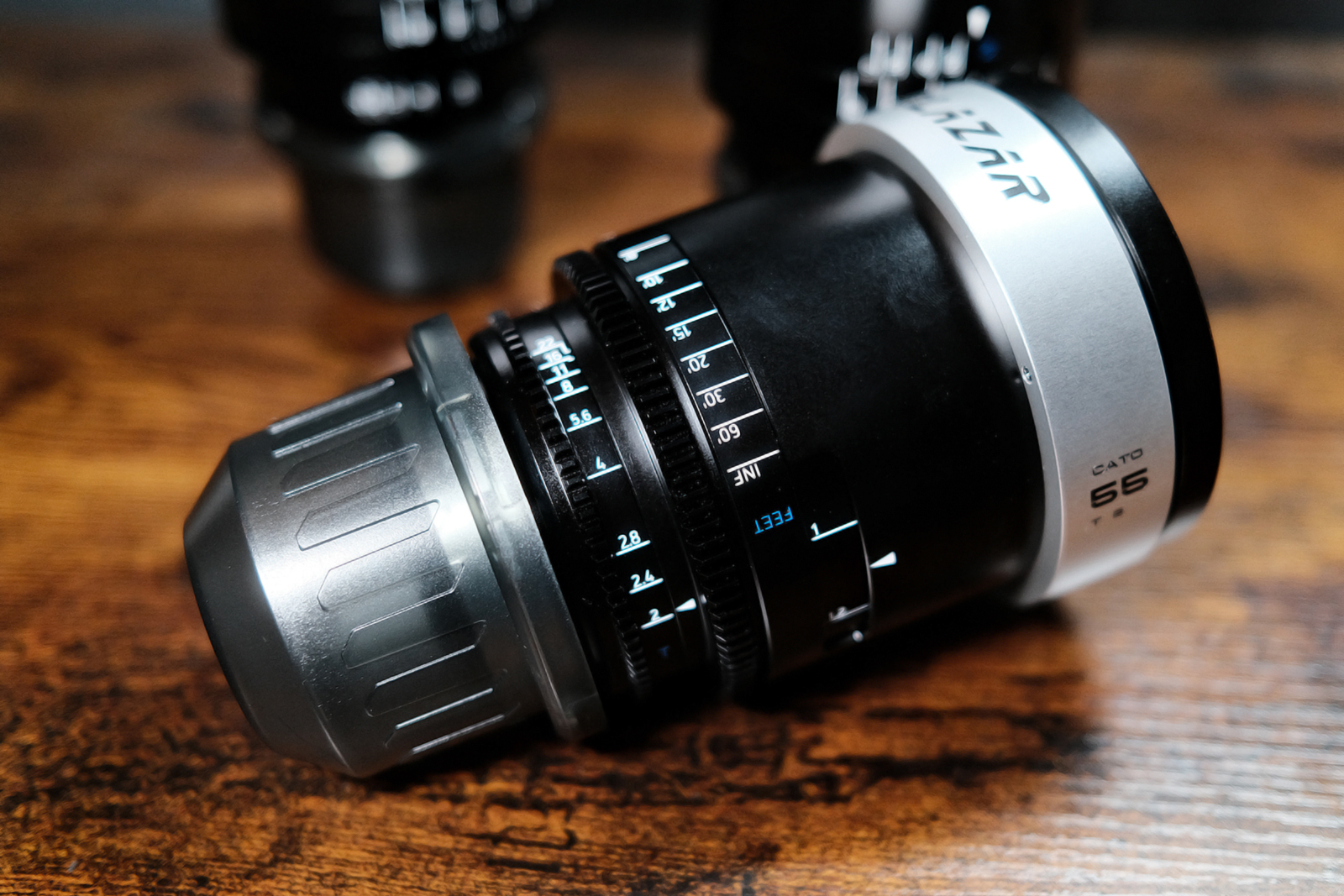
There’s a lot to unpack when it comes to the performance of an anamorphic lens. There are attributes that are sought after by many users, which would be deemed subpar in a spherical lens. I imagine this is why anamorphics spark so much debate online. Things like barrel distortion may not be wanted by some people but it tends to be part of what we think of as key to the look. The same goes for softness, where anamorphic lenses are often less razor-sharp than their spherical counterparts.
There is a time place for any lens choice and you make that choice to suit your needs. That might be a particular aesthetic you like, or it may be to support a narrative you’re trying to support. Either way, there are some key points to consider. Then it’s all personal taste. For me, I love the slightly expressive character of the Catos.
Let’s start with sharpness. The Catos are all sharp, far sharper than the Remus, although they do get a bit soft and wide open. The image is still usable but stopping down, even a little, makes a big difference. The 55mm performed best in this regard. Its widest aperture of T2 does display a slight softening but by 2.8 it’s very good. The 85mm has a minimum aperture of T2.8 where things are a little softer than the 55mm but closing down to T4 sees a big improvement. The 105mm suffers the most wide open. This could possibly cause some inconsistencies between shots, as you’ll need to close down to T5.6 to get the best sharpness.
Then there’s sharpness across the frame and this is where taste comes into play. Anamorphic lenses tend to be softer at the side, due to the nature of their build. Some will fall off toward the top and bottom too but that’s not such an issue with the Cato set. There is some softening around the edges but this is mostly towards the sides. It’s not huge but is worth noting. I for one quite enjoy this and is part of the appeal of anamorphic for certain shots. Combined with the barrel distortion and the way the image has a slightly creamy or painterly feel, I get something that is slightly ‘other’. Maybe the best way to describe it is to call it more cinematic, although I hate that term, rather than documentary (although those distinctions mean less these days).
Speaking of distortion, there’s a fair amount of it. If you’re locked off on a tripod you may not notice it so much, unless you have a person right at the edge of the frame but it is still noticeable. However, as soon as you add some movement, especially panning, it becomes much more evident. The 85mm and 105mm have much less but on the 55mm it’s pretty strong. This can be fixed in post if you don’t like it but keep in mind that that means additional work to get your final shot. This isn’t the barrel distortion either and there’s some of that too. Barrel distortion on these lenses is something I actually want and although that can be very easily fixed in post I tend to keep it, as it’s not overpowering and, for me at least, adds a little flavor that I really appreciate. Check the test shots to see if you like it or not.
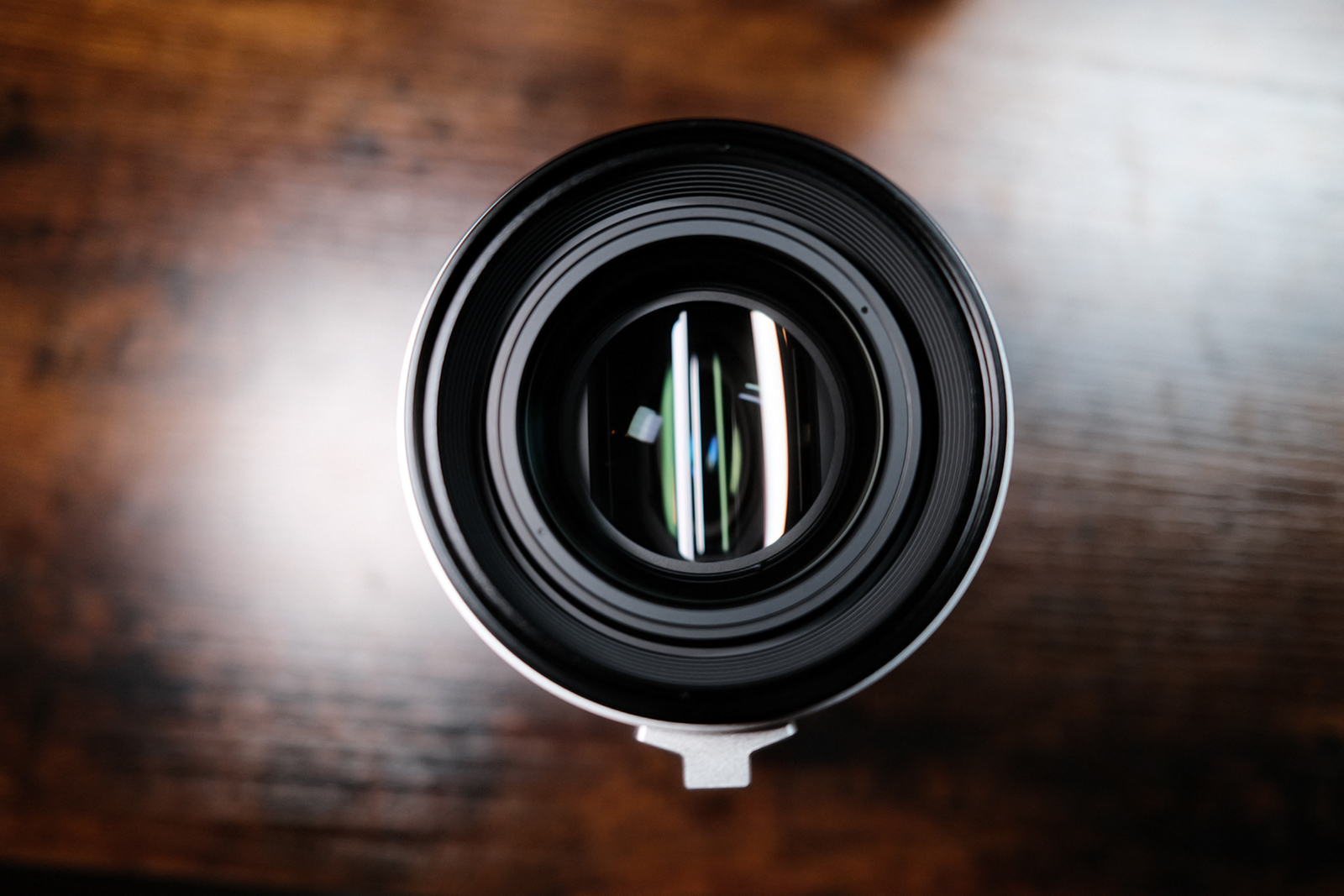
An important consideration is the out-of-focus areas. The term bokeh gets thrown around a lot but it isn’t really measurable, however, certain attributes can be marked. The Cato lenses produce the oval bokeh that is a key indicator of this type of lens choice. If you scan across a frame you will see these warp slightly towards the far left and right but, to my eye, it isn’t extreme and is in fact quite pleasing. What I really appreciate about the Catos is how the focus falls off from the focus point. It’s really smooth and adds to that 3D feel these lenses produce.
As with the softness wide open, each of these lenses does display some fringing. There’s very slight magenta fringing but this disappears even sooner than the softness. It hasn’t been an issue for me but if you plan to shoot wide open keep it in mind. That said, I think the trend for shooting everything as wide open as possible is falling away, which is a good thing in my book.
There is a little chromatic aberration across all three lenses but it’s subtle and, like the softness, disappears when stopped down, even a little.
For many, the single most obvious tell-tale of an anamorphic lens is the flaring. Often this is sought after but flares come in all shapes, sizes and colors. Previous Blazar lenses have allowed you to choose your flare color, with options for blue, amber, or neutral. The Catos come in neutral only, a wise choice I think, as the flares take on the hue of the light source that is creating them. The flares have been dialed back compared to the Remus set too, running them when comparing the two sets. They are still present but much reduced. They look more natural, even with lots of light sources in a scene.
Let's talk sensors, as the relationship between sensor and lens is more important for anamorphic than spherical. The Cato lenses have a 2x squeeze factor, making your horizontal field of view that much wider. Now consider the proportions of your sensor or that part of it that you are shooting with. The Catos have full-frame coverage but the full frame varies from camera to camera, as does the ability to shoot open gate, and even then some cameras differ.
I’ve shot with the Blackmagic Ursa mini Pro and Pyxis. The ursa has an S35 sensor, while the Pyxis has a full frame 3:2 aspect and both have their advantages.
If you aren’t a fan of the artifacts towards the edges, then shooting s35 might be the way to go (or crop into the sensor) which will eliminate most of it, retaining the field of view extension but giving a slightly more clinical image.
On the Pyxis which can shoot open gate, you get all that anamorphic goodness, keeping the higher resolution. It’s also worth remembering that not all cameras have the option to de-squeeze in camera, so monitoring may be tricky for some. Focusing on a squeezed image can be tricky, even when zoomed in, as you are effectively looking at one pixel that should be two. Not impossible though.
In essence, you are doubling the horizontal figure of your aspect ratio, so consider your deliverables and check how much of the image you will lose. A taller sensor will give you the most coverage, with the least cropping but you may have more anamorphic attributes to contend with.
Vignetting is present in certain setups but again this is related to the camera and crop. On an opengate 3:2 sensor, there is strong vignetting but it most likely isn’t an issue, as a final 2.39:1 crop will cut that out. This is true of the 55mm but not the other two but I expect the 40mm displays it as well.
Weight is a consideration and here the Cato lenses really shine, especially on long handheld shoots, or where a lot of gimbal use is needed. It’s a shame they aren’t all equal in size and weight, as that would make setups even easier, but I’m not complaining. Certainly not at this price.
Blazar Cato: verdict
The Catos strike a good balance between modern performance and a more vintage feeling character. All the hallmarks of anamorphics are there but they are turned down a little, so as not to be too distracting, retaining the romance while delivering great-quality images. This is dependent (or controllable, some could say) on your choice of camera.
Whether they are right for you is as much about how much you appreciate the look from a creative perspective, as to how they perform. They do the intended job very well and are solidly built. All that’s left to decide is if and how they suit your projects.
| Features | The Cato lenses have all the features you’d need from a full frame anamorphic, from support lugs to filter threads. | ★★★★★ |
| Design | The sleek satin finish, consistency of gearings and filter threads make the Cato lenses easy to integrate into your workflow. | ★★★★★ |
| Performance | Although a little soft wide open these lenses are sharp while still producing enough character for the users they are aimed at and they are easy to operate. | ★★★★☆ |
| Value | For the price you get an awful lot of lens, plus the added bonus of the hard case, making these excellent value. | ★★★★★ |
Alternatives
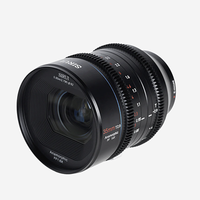
The Sirui Venus full frame anamorphic have less squeeze at 1.6x but come in more mount options
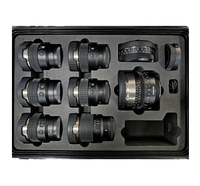
The Samyang kit is a set of AF lenses, that comes with an anamorphic adapter, making it pretty versatile.

Rob is Editor of ImagineFX magazine and also works as creative director for his own studio, Pariah Studios, producing 3D animation, film and VFX for a variety of clients.
He started his career as a photographer, slowing adding 3D, film and visual effects and film into his toolbag, working across TV, web and print, with clients ranging from Blackmagic Design and HMV to Games Workshop and Royal Mail.
When not on at his desk he can be found building and playing guitars or out in the wilderness with his dog.
